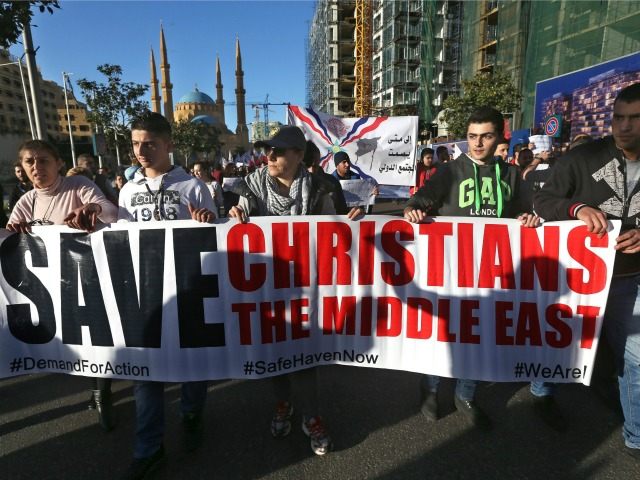This article originally appeared in New York Magazine:
The nail salon in the picturesque village of Ras Baalbek looks like any other nail salon in Lebanon. Located in the northeast of the country, close to the Syrian border, the predominantly Christian town is quiet today, drenched in June sunlight. A group of women chatter excitedly as they fan their freshly painted fingernails and examine their pedicures.
“You can’t see that color on your nails,” a pretty girl in her 20s says to her middle-aged, heavyset aunt, who is drying her toes. “You should have picked a different color.”
Her mother laughs. “Look at us, there’s a war and we’re doing our nails. And next week there will be a wedding in the village. We must be very confident.”
Her aunt snorts. “Well, all I can say is, I’ll kill myself before I let them take me.”
The girl tuts at her. “Hush, tante. Hezbollah won’t let that happen.”
“Well, if Hezbollah leaves, I’ll pick up my ass and follow them,” her aunt says, to much hilarity. It’s clear she’s accustomed to provoking shocked laughter. “Because God help the Lebanese army, they couldn’t stop daeshalone … If Hezbollah wasn’t here to protect us, daesh would have fucked all our lives.”
The truth is, this nail salon is doing business in a very dangerous place. Ras Baalbek is right on the border between what is still Lebanon — a multi-sect country used to a relatively liberal, relaxed lifestyle — and the fundamentalist, violent rule of the Islamic State’s “Caliphate.” Beginning in August 2014, ISIS, which is commonly referred to in Lebanon by the derogatory name daesh, and its frenemy Islamist group Jabhat al-Nusra separately mounted a series of incursions across the Syrian border into Lebanon. In fact, there are just two small, sparse, overlapping mountains — more like hills, really — standing between Ras Baalbek and the neighboring town of Arsal, parts of which are now in ISIS and Nusra hands. The militant groups hold the outskirts, some of the nearby hills, and have a heavy underground presence in town.

COMMENTS
Please let us know if you're having issues with commenting.